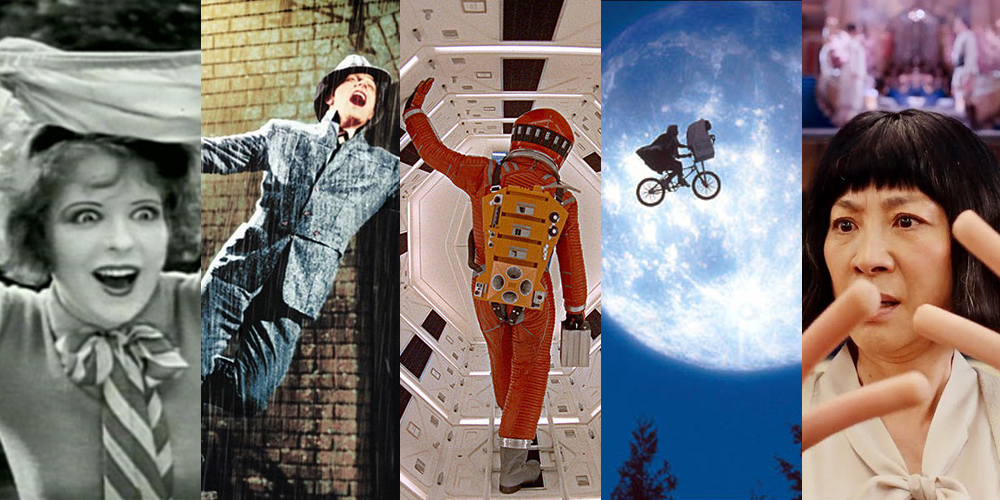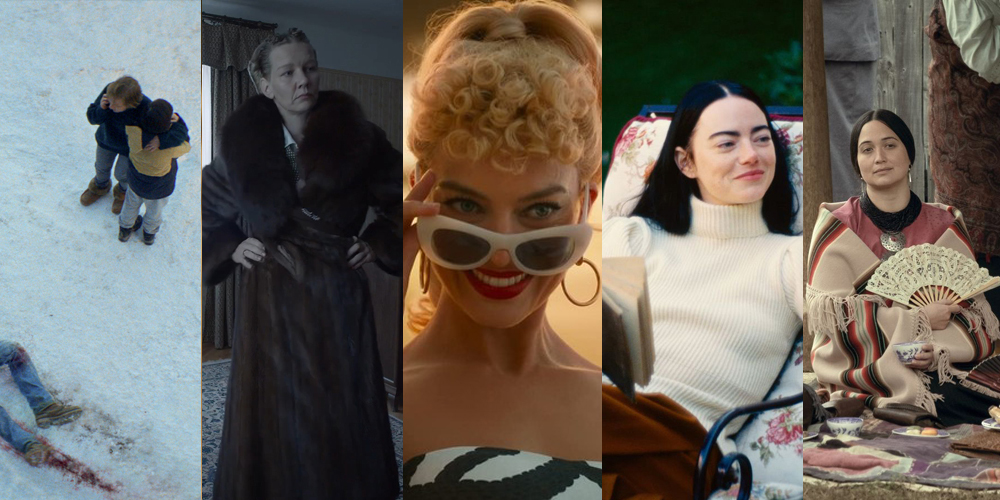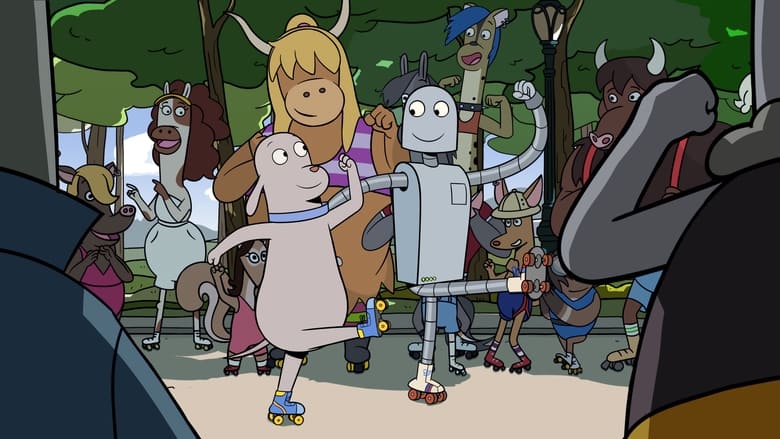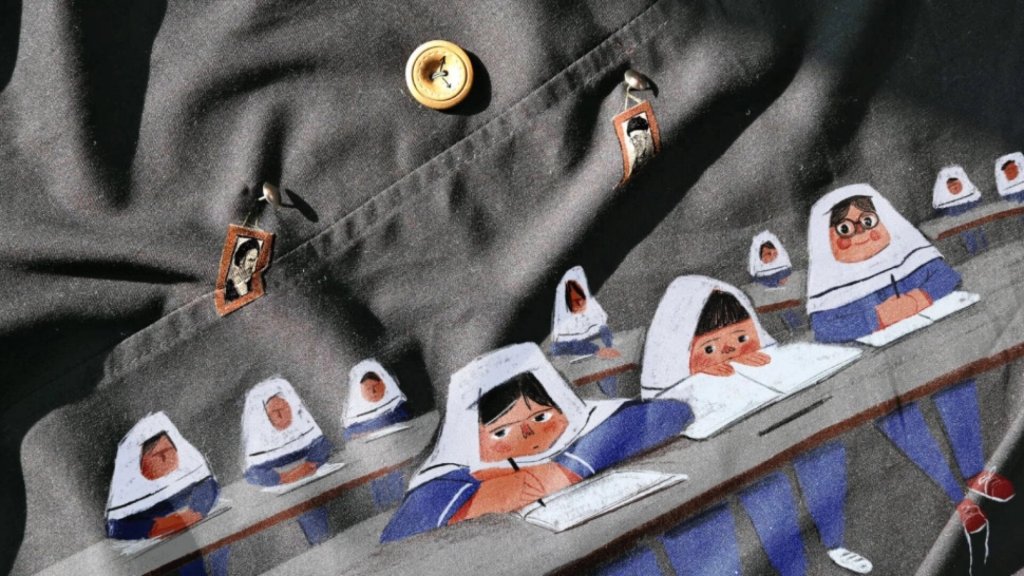 I love Burt Lancaster and I love French art, but even more, I love old trains. As a kid, I remember a train exhibit where you could climb up into the locomotive, pretend you’re moving the levers and blow the horn. I remember being disappointed that we couldn’t watch the wheels move, in their distinctive chugging motion. My excitement over first riding a train to Chicago probably embarrassed my friends in college. A couple years ago, I wandered around the Chattanooga Choo Choo and tried to not look more fascinated than the little boy calling every train Thomas; not easy. I look at trains much like I do dinosaur fossils, with wonder, awe and looking at all the pieces trying to imagine just how they moved. John Frankenheimer’s The Train is like pure catnip to me. The visual focus is on trains and they provide a lot of drama and action. Burt Lancaster is the starring hero who needs to save priceless French paintings from Nazi Colonel von Waldheim (Paul Scofield) who is trying to transport them to Germany…of course on a train.
I love Burt Lancaster and I love French art, but even more, I love old trains. As a kid, I remember a train exhibit where you could climb up into the locomotive, pretend you’re moving the levers and blow the horn. I remember being disappointed that we couldn’t watch the wheels move, in their distinctive chugging motion. My excitement over first riding a train to Chicago probably embarrassed my friends in college. A couple years ago, I wandered around the Chattanooga Choo Choo and tried to not look more fascinated than the little boy calling every train Thomas; not easy. I look at trains much like I do dinosaur fossils, with wonder, awe and looking at all the pieces trying to imagine just how they moved. John Frankenheimer’s The Train is like pure catnip to me. The visual focus is on trains and they provide a lot of drama and action. Burt Lancaster is the starring hero who needs to save priceless French paintings from Nazi Colonel von Waldheim (Paul Scofield) who is trying to transport them to Germany…of course on a train.
Let me re-organize my thoughts for those of you who couldn’t what mode of transportation was used here. The events of the film are based on a true and historic accounts. The setting is Paris in August of 1944. Germany has successfully invaded and decides to take the national treasures of France, their paintings. As the opening credits roll, we see the paintings go into crates and labeled by artist names, Picasso, Van Gogh, Degas and Cezanne to name just a few. For any art lover, it’s like watching each artist being arrested and locked away.
Looking for help, the museum curator, Miss Villard (Suzanne Flon), seeks out what is left of the French resistance. What started with 18 is down to 3 men, Labiche (Lancaster) being their leader. She begs them to somehow stop the train from entering Germany and most importantly, keep the paintings safe. Easier said than done, considering how Labiche would rather just blow it up and save men, rather than paintings.
The French people go to great lengths to save the paintings and keep the train on French territory. One of my favorite moments was when the train changes direction and every station ahead has to change their signs to correspond with what the Nazi on board in the locomotive believes the next city should be. It shows how so many people, all around Paris are helping to preserve their rightful national treasures, and how much they mean to them.
There is a stark realism to the dangers presented throughout the film. The Nazis execute men for the slightest defiance, and everyone working to stop or slow the train does so knowing their punishment for getting caught. Dangers of working with big clunky trains are a focus too. The big train crash scene was done in one shot and used real trains. It’s a spectacular blow and you just know that guy in the caboose didn’t make it out. Something about a beautiful black and white film in the 1960s always seems more real and gritty to me.
At the Oscars, The Train received one nomination, for best screenplay. To me, it feels like this film should be more decorated than that. It’s just as good a film as Best Picture nominations that year like Darling or Ship of Fools. But where The Train really shines is in the visual effects department, which only had two nominations that year. It feel like it got gypped.
Maybe The Train isn’t for everyone. It has a good amount of classic suspenseful action, but it’s not all flash and explosions like action films today. The hero is a bit dark and reluctant, with no cheesy catchphrases. There is a lot of focus on the train, rather than bulging muscles and blood splatter. And it’s not like the Nazis are stealing diamonds, pirate treasure or the ark of the covenant, it’s just French artwork. Maybe it’s too realistic for some, but to me, that’s what makes it great.
“Beauty belongs to the man who can appreciate it.”









Leave a comment